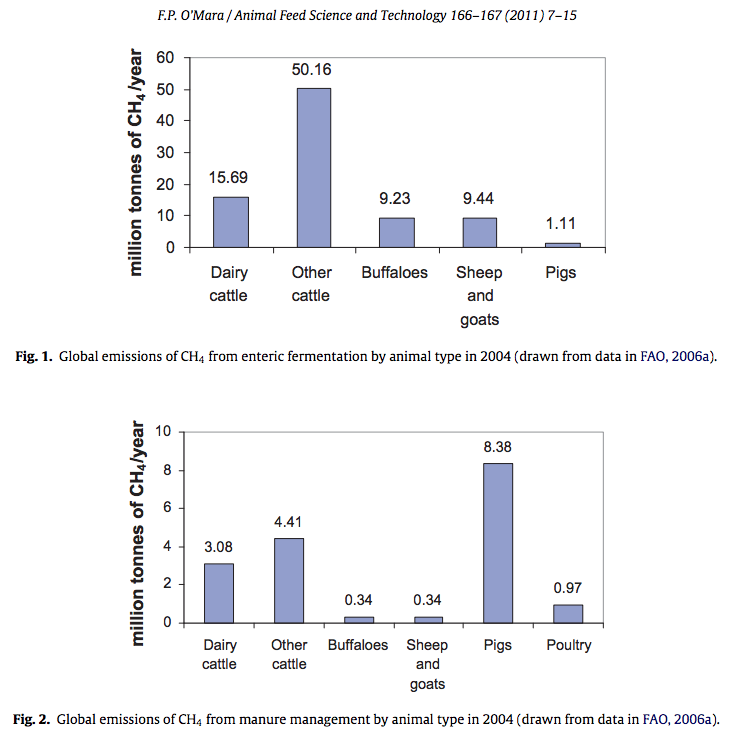Farnboro John
Well-known member
Incidentally the article linked by RBA states that Longhorns and New Forest ponies are also going to be "introduced" so presumably they don't trust the Bison to do a proper job. One wonders why not.
Also, aren't all these large ungulates going to fart methane into the atmosphere like there's no tomorrow (actually as a result there won't be a tomorrow).
John
Also, aren't all these large ungulates going to fart methane into the atmosphere like there's no tomorrow (actually as a result there won't be a tomorrow).
John






